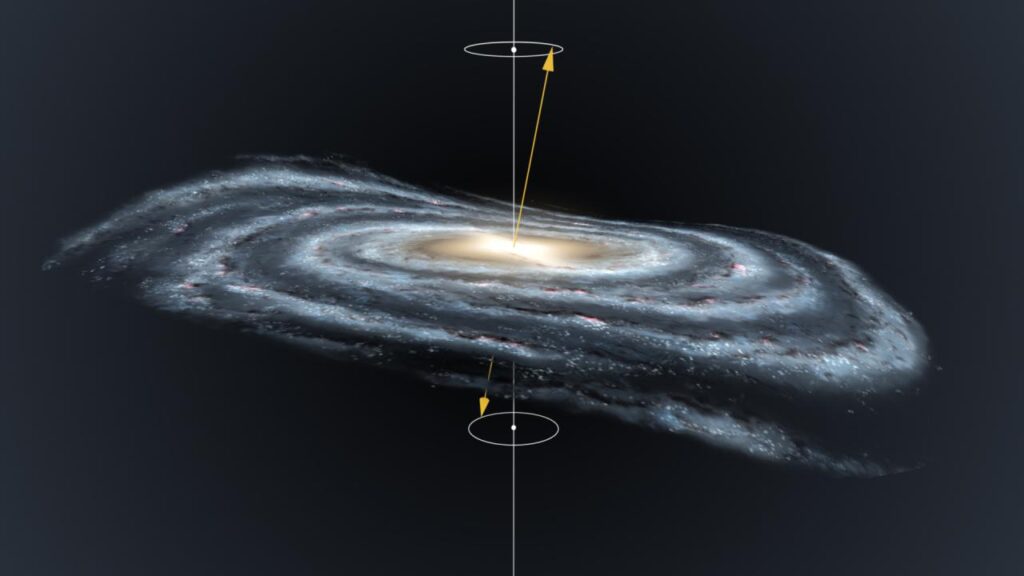- Web Desk
- Yesterday
Earth’s doppelgänger discovered: James Webb telescope spots galaxy resembling Milky Way
-
- Hum News
- Nov 11, 2023

CALIFORNIA: Scientists using NASA’s James Webb Space Telescope have made a groundbreaking discovery challenging previous theories of galaxy formation.
As per media reports, an international team of astronomers has identified the most distant barred spiral galaxy, named ceers-2112, resembling our Milky Way. The finding contradicts earlier beliefs that such galaxies could only be observed in a much older universe.
Ceers-2112, formed shortly after the Big Bang, has surprised researchers by revealing that galaxies in the early universe could be as structured as the Milky Way.
Meanwhile, Alexander de la Vega, a co-author of the study from the University of California-Riverside, explained that the presence of a galactic bar in ceers-2112 suggests galaxies matured and became ordered much faster than previously thought.
Read More: Record-breaking supermassive Black Hole discovered during Cosmic Dawn
Galactic bars, likened to structures in everyday life, are composed of stars and are rare in non-spiral galaxies. Although these bars were typically believed to form in spiral galaxies with ordered star rotation, ceers-2112 challenges this notion by demonstrating that bars can develop in chaotic and unstable galaxies of the early universe.
The discovery has significant implications for astronomy. It challenges theoretical models of galaxy formation, suggesting that some galaxies became stable enough to host bars much earlier than anticipated.
Adjustments to models considering the role of dark matter in the early universe may be necessary, as dark matter influences the rate at which bars form.
De la Vega, who played a crucial role in the research, expressed surprise at the accuracy with which properties of ceers-2112’s bar could be determined. The James Webb Space Telescope’s capabilities and the expertise of the research team have provided strong constraints on the size and shape of the bar.
The study, published in the journal Nature, is expected to pave the way for further discoveries in understanding the formation and evolution of galaxies in the young universe.





